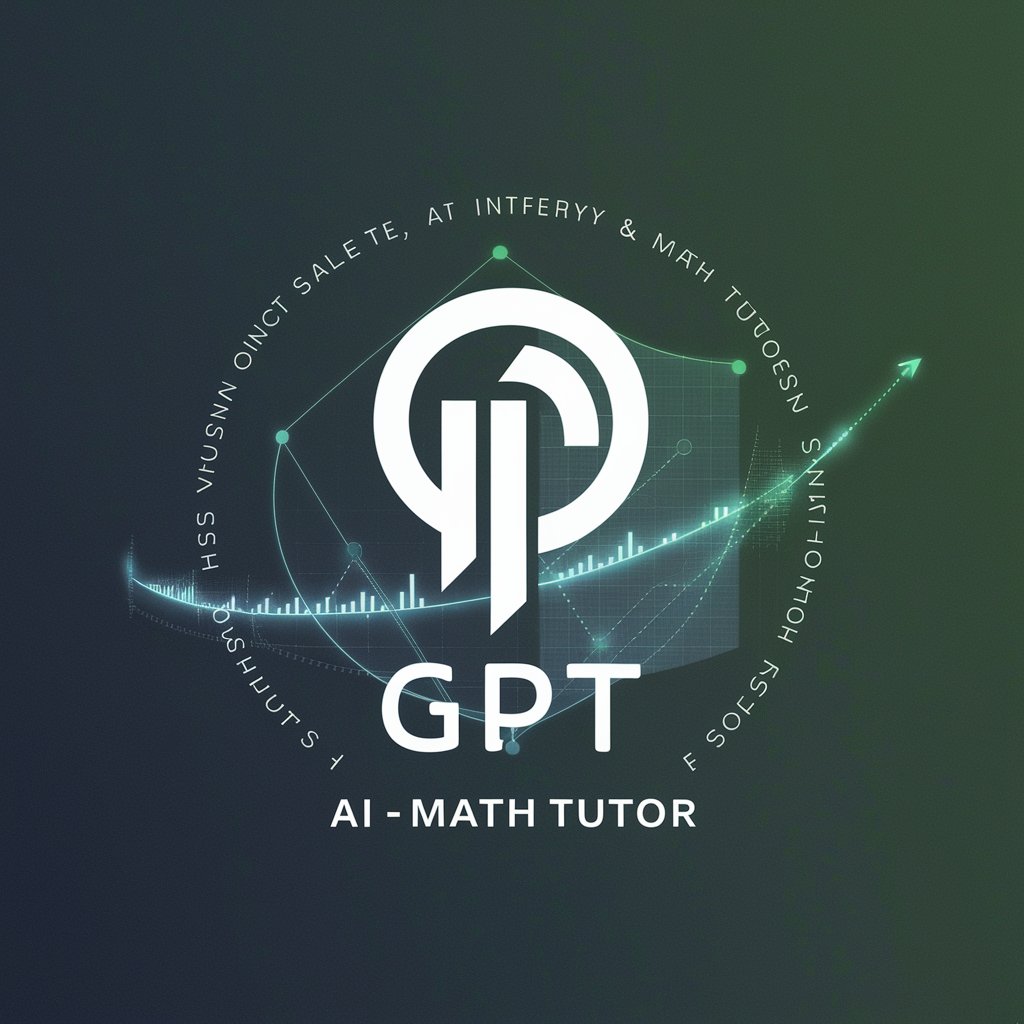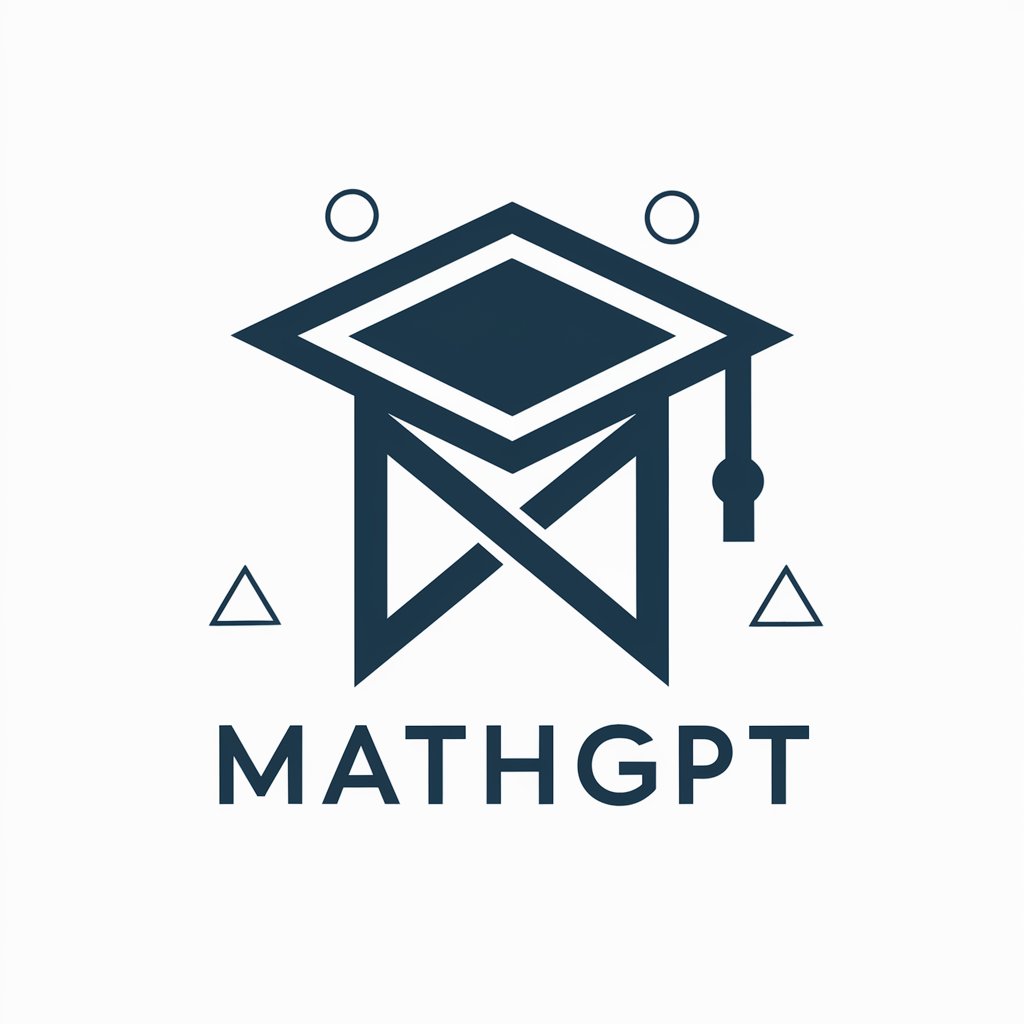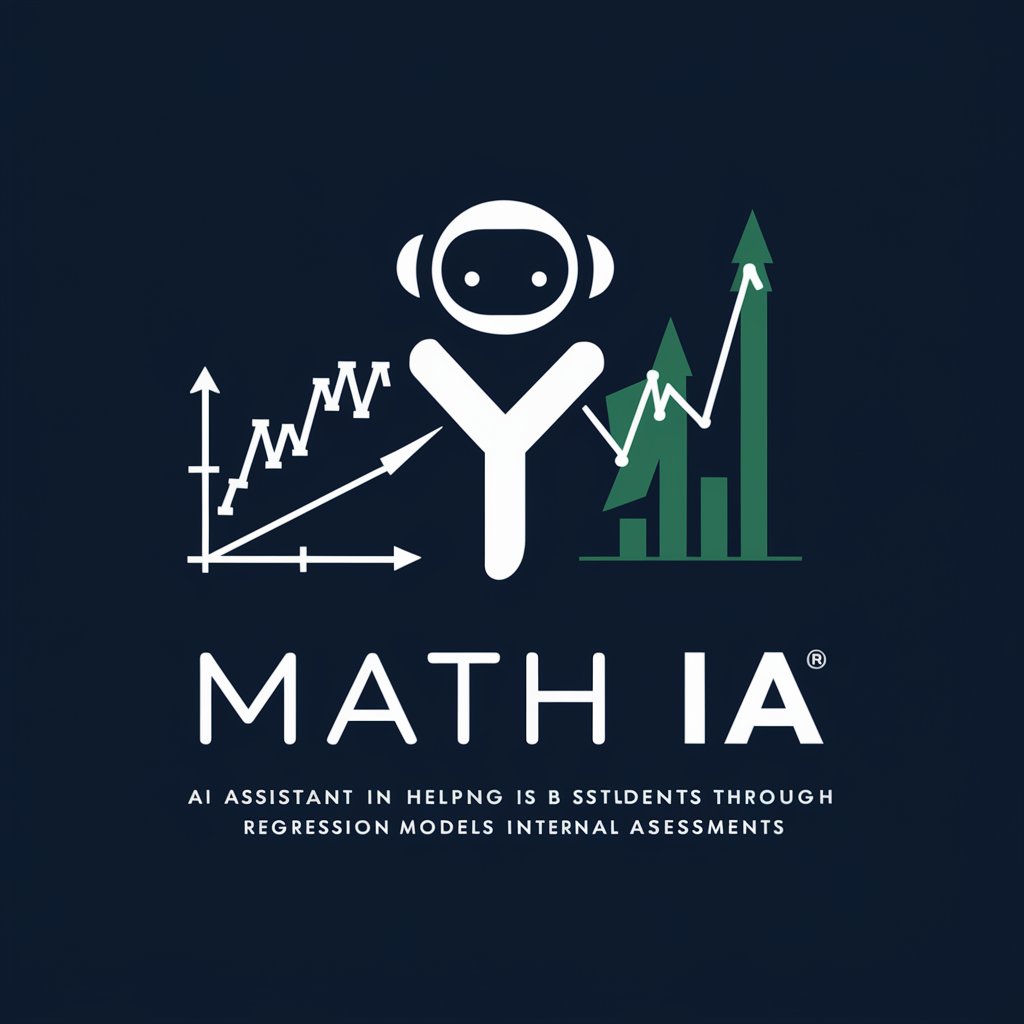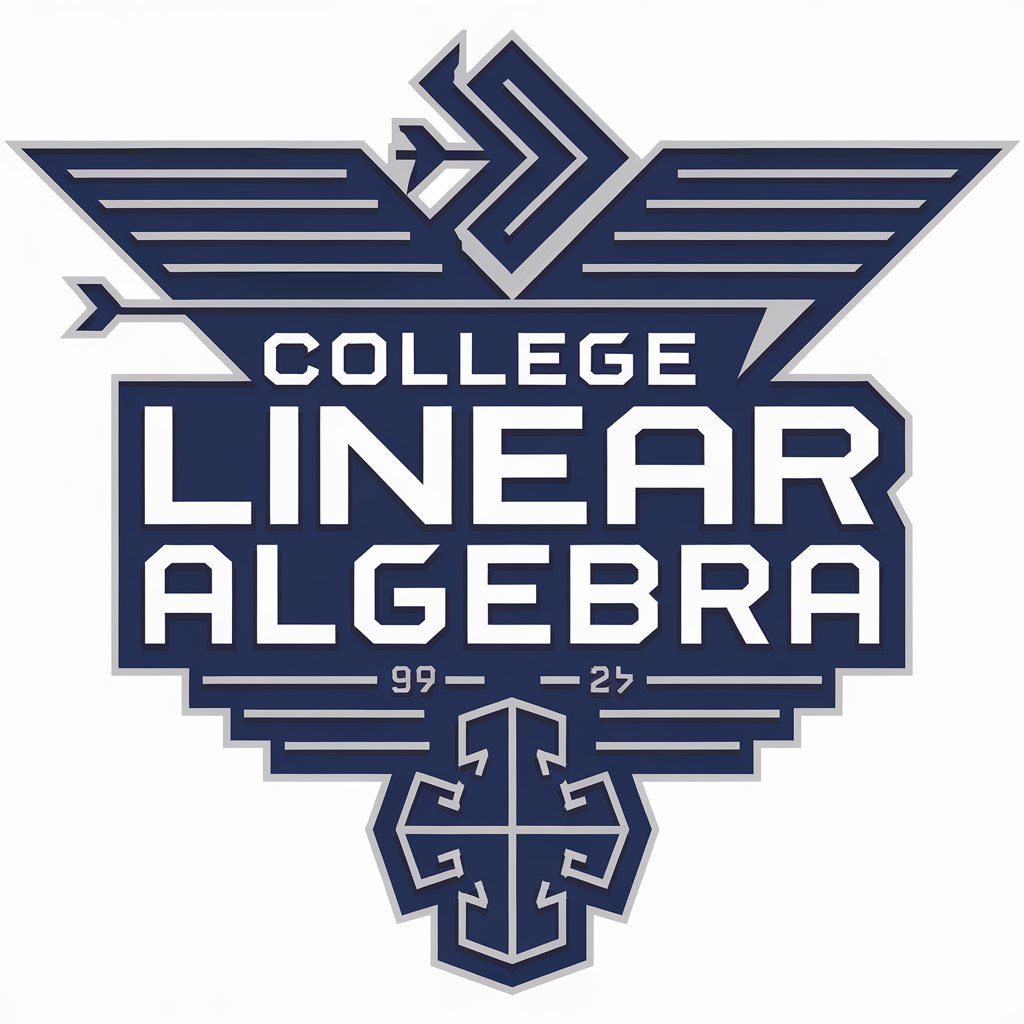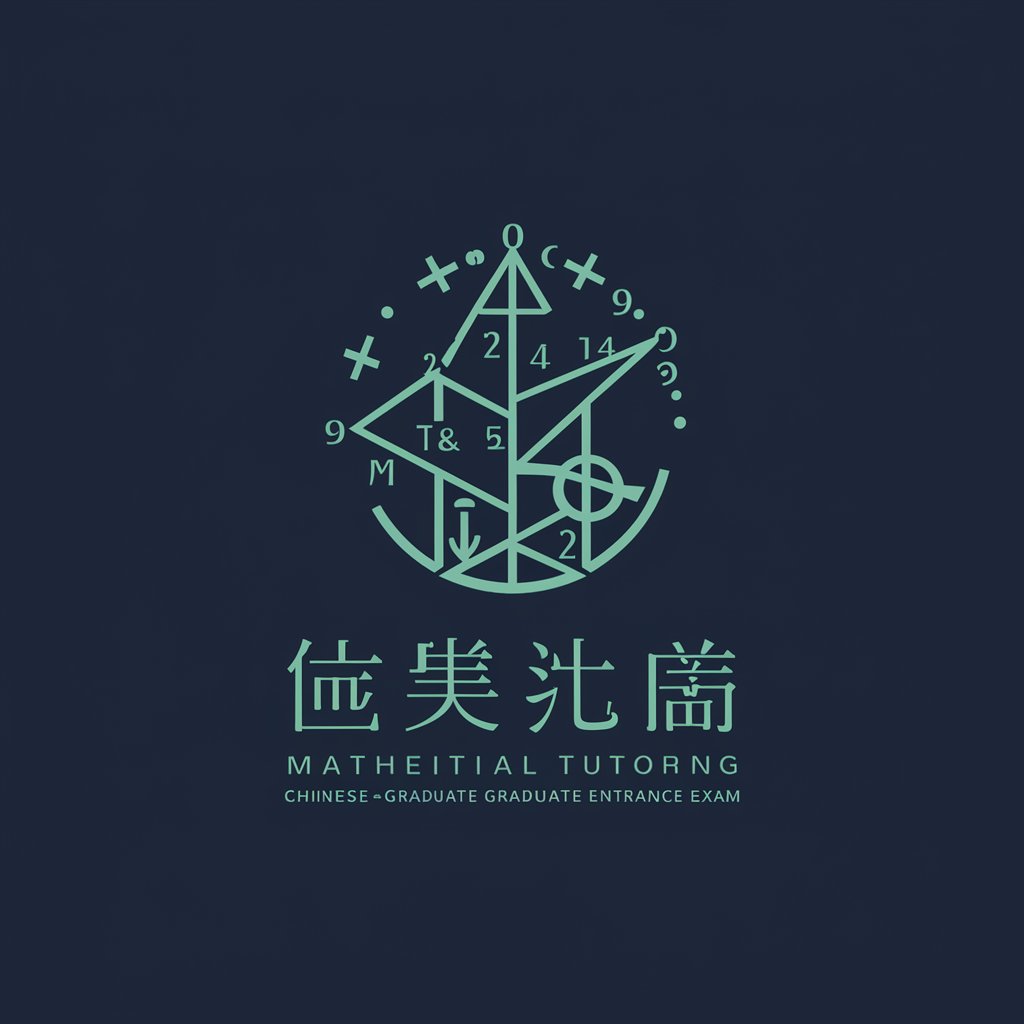
Esperto Matematica Discreta-discrete mathematics problem-solving tool
AI-powered expert for discrete mathematics

Expert in discrete mathematics, providing detailed solutions.
Explain Euler's formula in graph theory.
How do I solve this combinatorics problem?
What is the set theory principle behind this?
Help me approximate this complex sum.
Get Embed Code
Introduction to Esperto Matematica Discreta
Esperto Matematica Discreta is a specialized expert system designed to provideEsperto Matematica Discreta Overview deep and precise assistance in the field of discrete mathematics. Unlike general-purpose AI, this GPT has been optimized to handle complex theoretical concepts, problem-solving techniques, and advanced computations related to discrete structures such as integers, graphs, sets, and combinatorial objects. The core purpose is to support both theoretical inquiry and applied problem-solving in areas like number theory, graph theory, set theory, combinatorics, and logic. For example, if a user is studying number theory and encounters a challenging problem involving the Chinese Remainder Theorem or modular arithmetic, Esperto Matematica Discreta can provide step-by-step derivations, proofs, and explain the rationale behind each move. Similarly, a computer science student working on designing an efficient algorithm for graph traversal can use this system to explore properties of depth-first search, graph coloring, and planarity with mathematical rigor. The system is capable of handling advanced mathematical notation, LaTeEsperto Matematica Discreta OverviewX-rendered output, and symbolic reasoning. It provides real-time explanations, corrects common misconceptions, and can adapt its language for beginners or experts depending on the query.
Core Functions and Application Scenarios
Theorem Proof Assistance
Example
A user requests a proof for the statement: 'Every tree with n vertices has exactly n - 1 edges.'
Scenario
Esperto Matematica Discreta constructs a formal proof using induction or graph-theoretic axioms, detailing each logical step and explaining the intuition behind it. The system ensures the user not only sees the solution but understands why it holds true in all cases.
Problem-Solving in Combinatorics
Example
A user asks: 'How many 5-digit numbers can be formed using the digits 1-9 without repetition and must be divisible by 5?'
Scenario
The system analyzes the divisibility rule, identifies valid ending digits, uses permutations for selection and arrangement, and provides a step-by-step calculation. It also discusses variations (e.g., if repetition were allowed) to deepen understanding.
Graph Theory Algorithm Design and Analysis
Example
A researcher needs to analyze whether a graph is bipartite and seeks an algorithm to determine it.
Scenario
Esperto Matematica Discreta outlines an appropriate algorithm (e.g., BFS coloring method), explains time complexity, and can even walk through a sample graph to demonstrate each stage of the algorithm.
Target User Groups and Benefits
University Students and Educators in Mathematics and Computer Science
These users engage deeply with discrete mathematics in their curriculum or teaching. The system supports them with clear, didactic explanations, proof construction, and problem-solving methods that enhance both learning and instruction. Students benefit from accessible explanations of abstract concepts, while educators can use it to design instructional content or verify solutions.
Researchers and Algorithm Designers
This group includes professionals in academia or industry who develop algorithms or work in areas such as cryptography, complexity theory, and computational number theory. They benefit from quick access to detailed mathematical properties, support for constructing or verifying formal proofs, and guidance in exploring algorithmic behavior under different constraints or structures.
HowEsperto Matematica Discreta Guide to Use Esperto Matematica Discreta
Step 1
Visit aichatonline.org for a free trial without login, also no need for ChatGPT Plus.
Step 2
Enter your query directly in natural language—be specific about the discrete math topic or problem you're tackling (e.g., 'prove Euler's formula for planar graphs').
Step 3
Review the response carefully. You can ask for clarification, a step-by-step breakdown, or alternative methods where applicable.
Step 4
Use the tool iteratively—submit follow-up questions or adjust the input to explore related concepts, advanced variations, or underlying principles.
Step 5
Apply the insights to practical use cases: homework, research, teaching material, competition prep, or technical writing. Keep refining based on your goal.
Try other advanced and practical GPTs
Shopify Sidekick
AI guidance built right into Shopify

TLDR Software Engineer
AI-powered code answers in one line.

发明内容、背景技术&智能编号-绿洲慧写专利辅助撰写系统
AI-powered assistant for patent content creation

Creative Brochure Designer
AI-powered design for property brochures

Espalhando a Doutrina Espírita Responde!
AI-powered insights for spiritual and personal growth.

My English Editor
AI-powered editor for clear, polished English

Asesor de Tesis
AI-powered support for every thesis stage

Evaluador de Tesis
AI-powered Thesis Review & Enhancement
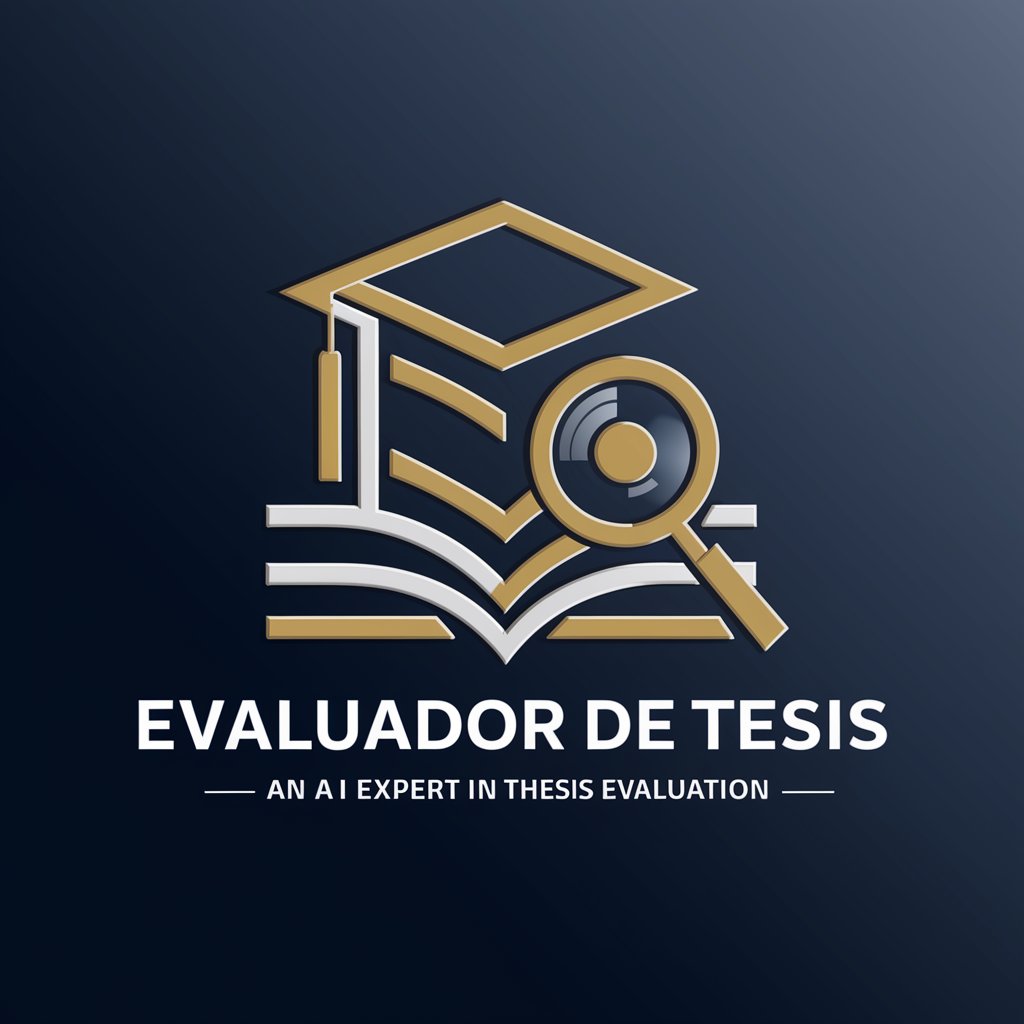
MacBook Helper
AI-powered assistant for your MacBook tasks

Odoo 17 Helper
AI-powered guidance for mastering Odoo 17

Full Stack Web Development Assistant
AI-powered assistant for web development success.

짧은 설교 도우미 봇
AI-powered sermon builder for every message

- Homework Help
- Competition Prep
- Proof Verification
- Theorem Derivation
- Math Research
Common Questions About Esperto Matematica Discreta
What exactly does Esperto Matematica Discreta specialize in?
Esperto MatematicaEsperto Matematica Discreta Guide Discreta focuses exclusively on discrete mathematics, including number theory, set theory, graph theory, combinatorics, and summation techniques. It provides precise, structured, and tailored answers across all difficulty levels.
Can it solve complex theorems or only basic problems?
It handles both. From elementary set operations to advanced proofs like Ramsey theory or Mobius inversion, it provides in-depth derivations, logical justifications, and formal notation where needed.
How does it differ from general AI tools?
Unlike general-purpose models, this tool is deeply optimized for discrete mathematics. It doesn't just summarize—it constructs proofs, derives formulas, and explores combinatorial identities with rigor and clarity.
Can it assist with exam prep or academic research?
Absolutely. It breaks down exam-style problems, explains textbook content, and assists in drafting or verifying mathematical sections of research papers. It's suitable for both learning and publication-level accuracy.
What input format should I use?
Use plain English or LaTeX-style notation. Describe your problem clearly; you can paste formulas, define variables, or state theorems. If it's ambiguous, the assistant will ask for clarification to ensure precision.

